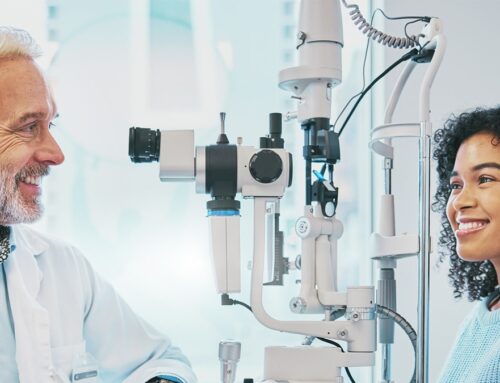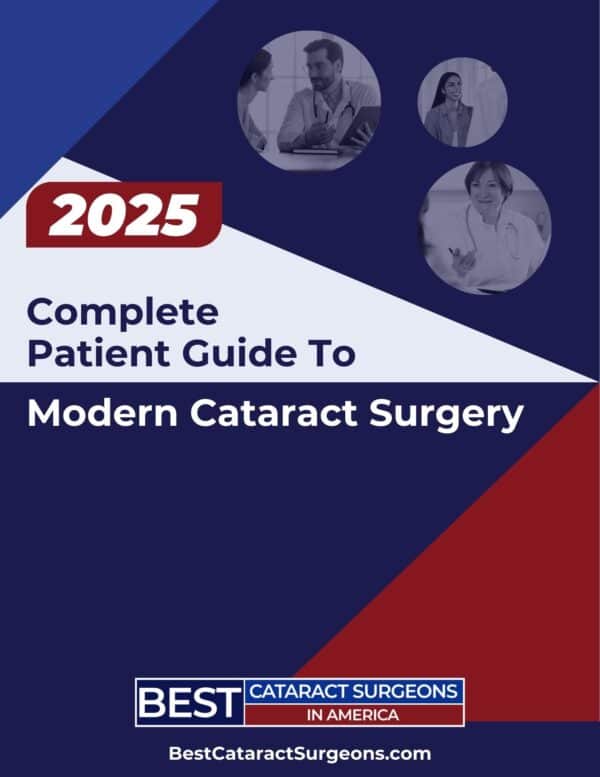Dreaming of regaining sharp, clear 20/20 vision after cataracts have clouded your sight? If you’re experiencing frustrating blurriness, glare, or night vision issues from cataracts, you’re likely seeking a solution that can restore the clarity you once enjoyed. For many, that solution is modern cataract surgery, and achieving – or getting very close to – a 20/20 vision is a realistic outcome. Let’s explore 20/20 vision, the factors influencing visual outcomes, and what to expect on your journey to clearer sight with the experts at the Best Cataract Surgeons network.
What Is 20/20 Vision? More Than Just a Number
If you’ve been reading about “good vision” outcome expectations, you’ve likely come across “20/20 vision,” but what does it mean? It’s a measurement of visual acuity, indicating you can see clearly at 20 feet, which an average person with “normal” vision can also see at 20 feet. While often considered a benchmark for good vision, it’s not “perfect” vision, even though it’s assumed to be the pinnacle of sight; some individuals naturally possess sharper vision at 20/15.
How Cataracts Disrupt Clarity and Prevent 20/20 Vision
When cataracts cloud your eye’s natural lens, they disrupt your vision, leading to symptoms like:
- Blurry and distorted vision.
- Increased glare sensitivity and halos (e.g., car headlights at night).
- Faded colors and reduced contrast.
- Difficulty with reading small print or driving.
- Hard time seeing in low light.
- Noticing a yellowish tint over your field of vision.
- Frequent changes in your eyeglass/contact lens prescription.
- Double vision in one eye (less common).
These changes directly impact your visual acuity, making it harder to see with the sharpness required for 20/20 vision. While untreated cataracts can lead to vision loss, modern cataract surgery by the skilled cataract surgeons in our network offers a path back to clearer sight.
Cataract Surgery – Your Path Back to Clear Sight & Sharper Vision
With a 98% success rate for complication-free outcomes, choosing to get cataract surgery offers a safe and effective way to restore your vision like new. Your eye’s natural, clouded lens is gently removed and replaced by a clear, artificial lens, leading to significant vision improvement for most patients.
What Factors Influence Your Post-Surgery Vision and 20/20 Possibility?
While the end goal is 20/20 vision, studies show that 94% of patients end up with 20/40 vision or better, and 61% reach that 20/20 dream.
1. If you have eye conditions like glaucoma, macular degeneration, or diabetic retinopathy, these can limit visual outcomes.
2. The type of Intraocular Lens (IOL) implanted during surgery is crucial for your vision outcome. Different IOLs are available, including:
- Monofocal lenses are designed for clear vision at one distance (usually distance), often requiring glasses for near tasks.
- Toric lenses correct astigmatism for sharper vision.
- Multifocal and Accommodating lenses are designed for good vision at multiple distances (near, intermediate, and far), potentially reducing the need for glasses.
Discuss your lifestyle and vision goals with your surgeon to narrow down the best IOL for you. Read about “The Best Lens Implants for Cataract Surgery” here.
3. Beyond pre-existing conditions, your eye health can influence the outcome. Issues like dry eye or other surface irregularities might affect your final visual acuity.
4. Your preoperative refractive errors (nearsightedness, farsightedness, astigmatism), and the chosen IOL’s correction ability will impact your final vision.
5. Choosing a skilled cataract surgeon is necessary as their precision, accurate IOL selection and placement, directly impacts how well you’ll see afterward.
6. Everyone heals differently, so following post-operative instructions as directed is needed for the best outcome.
While a 20/20 vision is often attainable, it’s not guaranteed, so it’s important to have realistic expectations of your outcome.
What to Expect During Your Recovery?
Cataract surgery is usually an outpatient procedure with quick recovery; here’s a general timeline:
- 24 hours in are marked by blurry vision and soft focus.
- Expect clearer vision, reduced glare, and sharper contrast on days 1-3.
- In weeks 1-4, your color perception and night vision will improve.
- By weeks 4-8, you’ll be on your way to full vision stability.
To learn how long it takes to see clearly after cataract surgery, check out our complete recovery timeline.
Explore the Path to 20/20 Vision – Find a Surgeon Today
Don’t let cataracts hold you back from enjoying life’s vibrant details – find a skilled cataract surgeon in our trusted network today to explore the possibility of personalized 20/20 vision!











